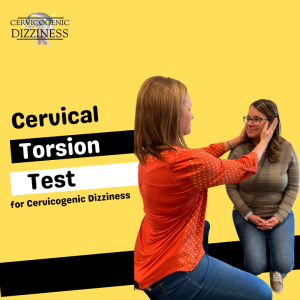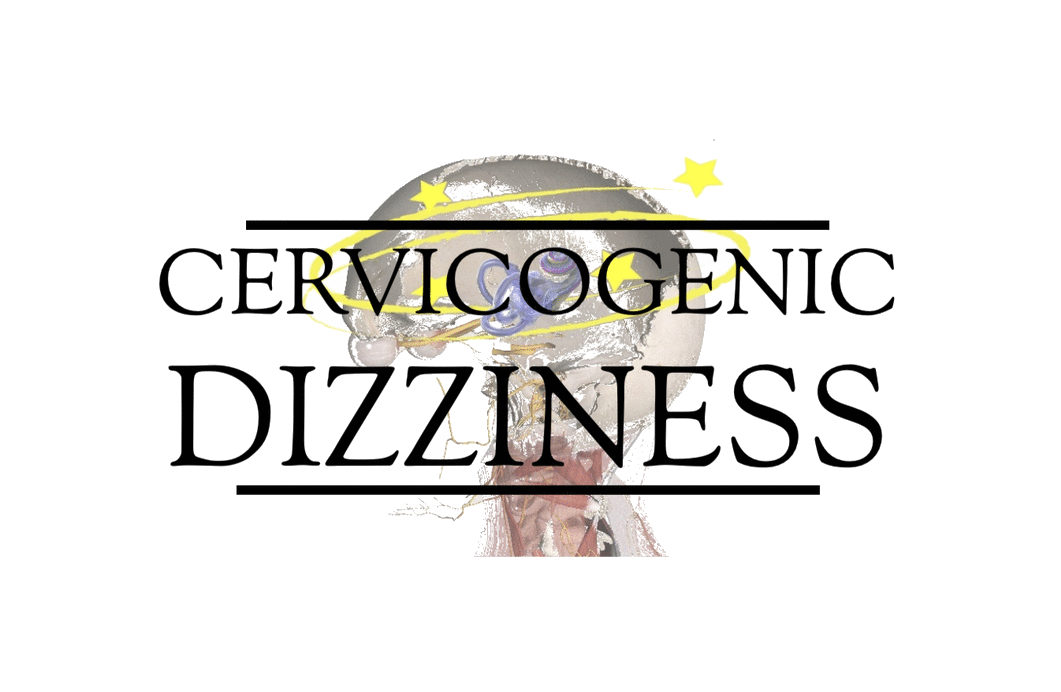Why is Cervicogenic Dizziness controversial?
February 1, 2022Head Steadiness Test
December 2, 2022
Cervical Torsion Test
The cervical torsion test can be used to diagnose Cervicogenic Dizziness. It requires the patient’s head to be stable and the body to rotate underneath.
In all, a positive test is the onset of nystagmus that exceeds two degrees per second.
In order to see this type of nystagmus, video-oculography or video goggles are the most effective technique. However, in the typical clinic setting, we observe with our eyes and question about dizzy symptoms.
The most common method of twisting the cervical spine is in rotation. You can watch the video below to learn how to perform this test using rotation.
Test Metrics
The specificity and sensitivity of the test for the diagnosis of cervicogenic dizziness has been found in research to be 92% and 72%, respectively.
The reason for the diagnosis is due to sensory mismatch. This is an altered ability of the accurate perception of head, neck and whole body position.
Therefore, false sensory information occurs and consequently influences signals from the cervical joints and muscle spindles.
The abnormal cervical afferent input causes disturbances in the cervico-collic and cervico-ocular reflexes. This negatively influencing eye movement control, especially in neck torsion maneuvers.
Use of Video Goggles in Neck Torsion Test
The use of video goggles can assist in observing the effects of the neck torsion test. The clinician can detect small amounts of nystagmus in the bedside exam with the use of video goggles.
We have our goggles from Vestibular First. You can watch the video below to learn how to perform this test using video goggles.
Use of Cervical Extension in Neck Torsion Test
A modification to the cervical torsion test is to place the patient’s head in extension in relationship to the trunk. We use this modification in the clinical setting but so far, it is not studied in research.
You can watch the video below to learn how to perform the cervical torsion test in extension.
Additionally, you can learn more about how we incorporate the cervical torsion test in our algorithm through our books and educational courses!
